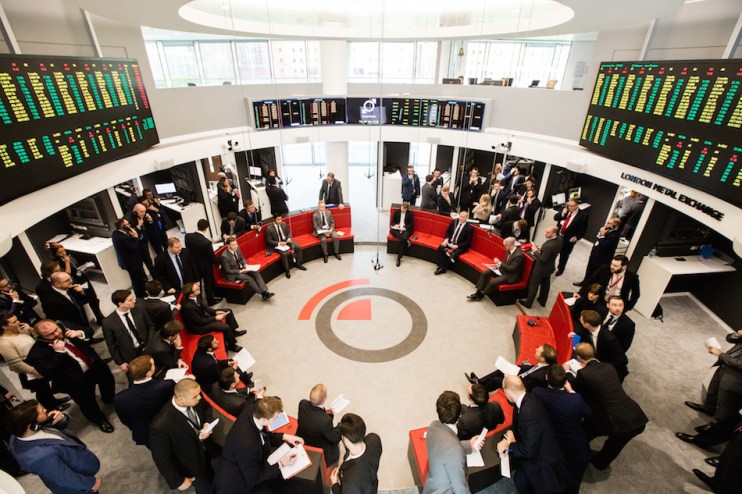Long-awaited report delivers damning verdict on LME nickel chaos

The London Metal Exchange (LME) failed to police large positions on the nickel market and did not have sufficient volatility controls to deal with soaring prices, according to a long-awaited report on last year’s crisis.
Consultancy group Oliver Wyman urged the LME to bring in risk and control functions to prevent market distortions, upgrade volatility controls and spend more time monitoring risks in the market.
The suggestions were included in a report published today after it was appointed by the LME to conduct a review into the suspension of trading on its nickel markets in March of last year.
The LME has faced sustained criticism from traders and investors after it opted to cancel $3.9bn of trades when nickel prices climbed above $100,000 per tonne.
To this day, the nickel contract remains broken – with volumes and liquidity sliding, leaving the industry without a global reference for prices.
Currently, only 21 per cent of global production can be delivered against the LME nickel contract, with Asian nickel trading still absent from the LME.
The exchange hopes to announce the return of Asian nickel trading following last March’s suspension – which it expects will help boost liquidity in the market.
LME conduct in crisis faces scrutiny
The report did not look at LME’s decision making process and governance – which remain under investigation by both the Financial Conduct Authority (FCA) and Bank of England (BoE).
The FCA is looking into how the exchange handled the situation while the BoE is looking into the LME’s clearing house.
Its conduct during the crisis is also the centre of mega lawsuits brought by Elliott Investment Management and Jane Street against the LME.
However, Oliver Wyman did criticise LME’s decision making during the rise of nickel prices ahead of the crisis.
It argued the existence of large, exposed short positions was “in part due to the LME’s inability to identify and address these positions as they were built-up.”
The report said: “The fragmentation of large positions across members and between on-exchange and OTC markets contributed to this by reducing visibility of risks.”
Oliver Wyman made 27 recommendations, which build on measures the LME took shortly after the crisis such as 15 per cent daily price limits and over the counter position reporting for all physically delivered metals.
It also follows the announced departure of LME chair Gay Huey Evans this week – who will not seek re-election following the scandal.
Last March, concerns about supply shortages following Russia’s invasion of Ukraine – where Russia delivers nine per cent of the world’s nickel supply – pushed the price of the metal even higher.
LME pledges to implement report findings
Prices hit record highs of $100,000 per ton on the morning of March 8 – driven by a failed short attempt by Chinese billionaire and Tsingshan Holdings owner Xiang Guangda.
Then, hours after the price spiked, the London Metal Exchange (LME) took the unprecedented move to suspend nickel trading for over a week.
The LME then attempted to re-open nickel markets with price controls, which caused markets to crash twice due to system errors.
The world’s largest and oldest metals forum annulled all nickel trades on that day, suspending the market for the first time since 1988.
LME has confirmed it will set how it will implement recommendations by the end of March to prevent market distortions and improve risk monitoring after a review into the nickel crisis last year.
“The LME Nickel Committee will continue to explore whether any changes to the LME Nickel contract … may be beneficial to the market,” the LME said in a statement.
“We recognise that there are clear lessons to learn from March,” Matthew Chamberlain, the LME’s chief executive officer, added in an interview to news agency Reuters.
“We now have a real road map for things we can do to try to rebuild confidence in the market.”